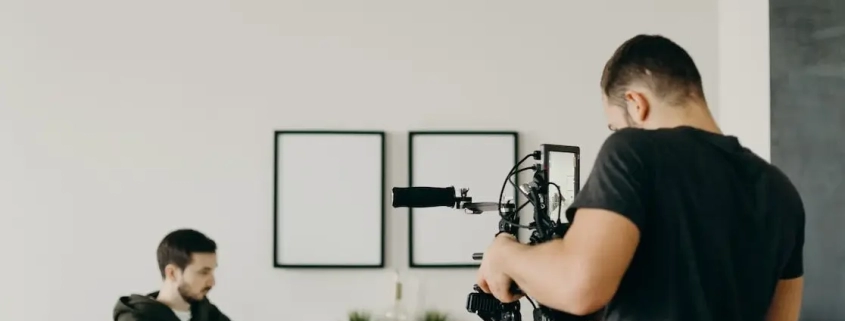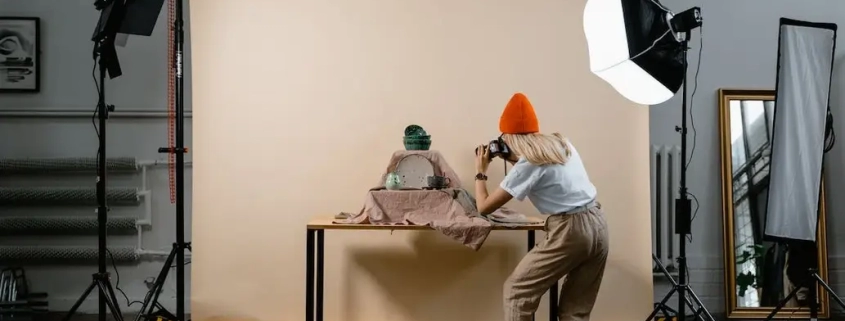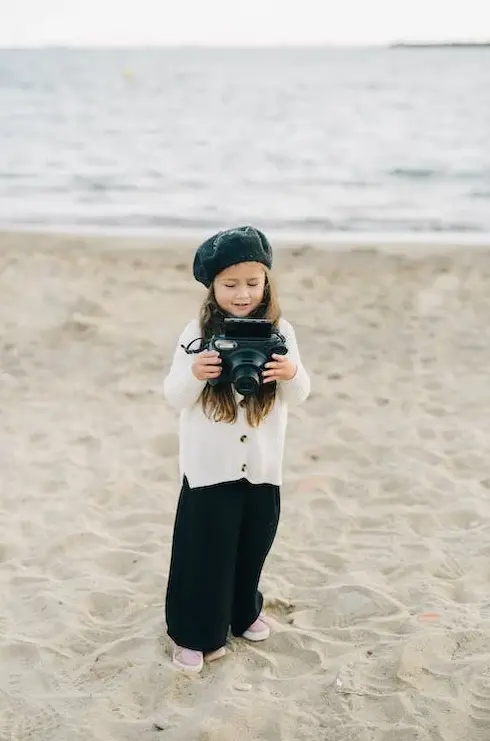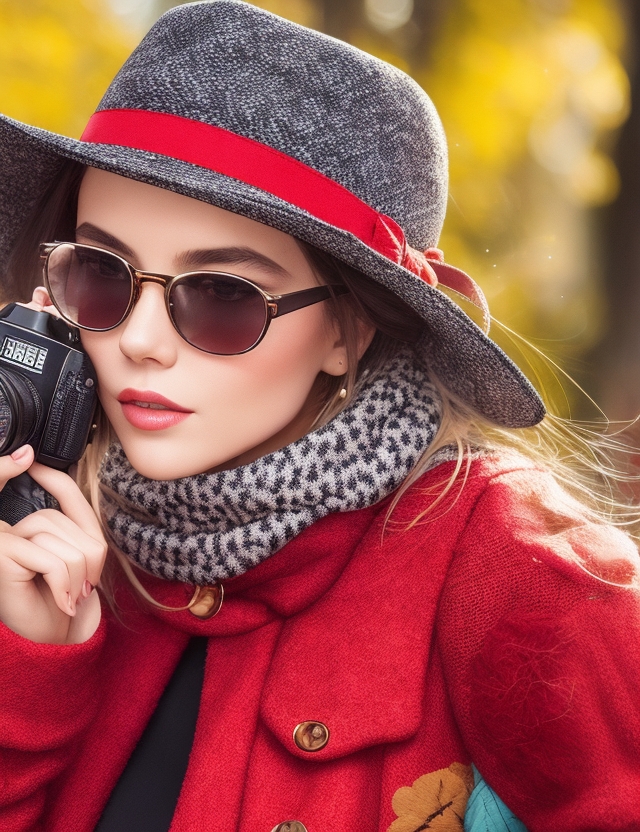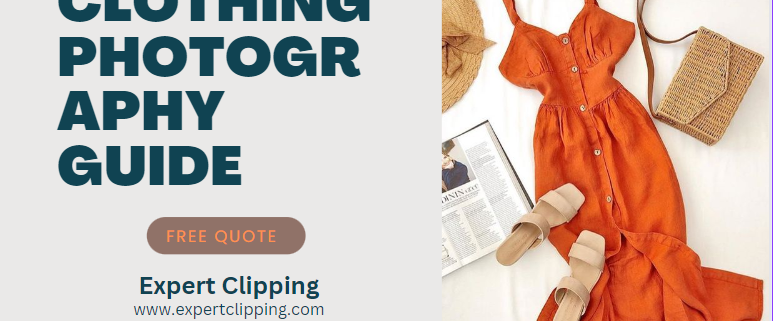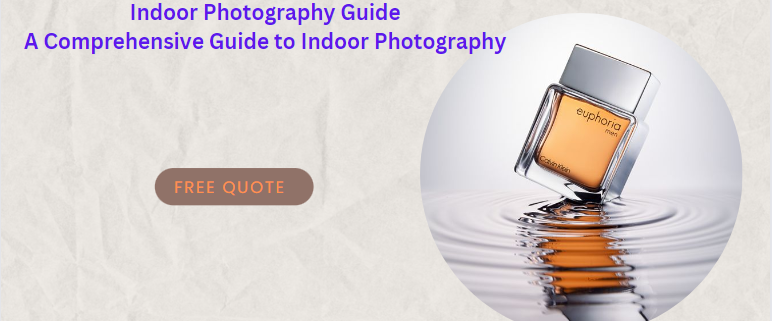Navigating the Evolving Photography Landscape: A Guide for Photographers and Clipping Path Services
In the world of photography, technology is essential for everyone. Photographers and related services must stay at the forefront. Photographers face challenges due to technology and seek solutions to navigate. We will discuss the role of clipping path services. They intersect with the changing needs of photographers.
Changing Technology in Photography: A Photographer’s Dilemma
Photographers today are racing to adapt to the latest camera equipment. They also need to keep up with the latest editing software. The challenges are many due to advanced sensors and mirror less cameras. Artificial intelligence also plays a role in post-processing. Photographers must learn. They can attend workshops and engage online.
Upgrading equipment often has a big cost and is challenging. Strategic investment decisions and careful financial planning are crucial. Photographers must assess the ROI. They should budget for upgrades. Exploring trade-in programs helps manage costs.
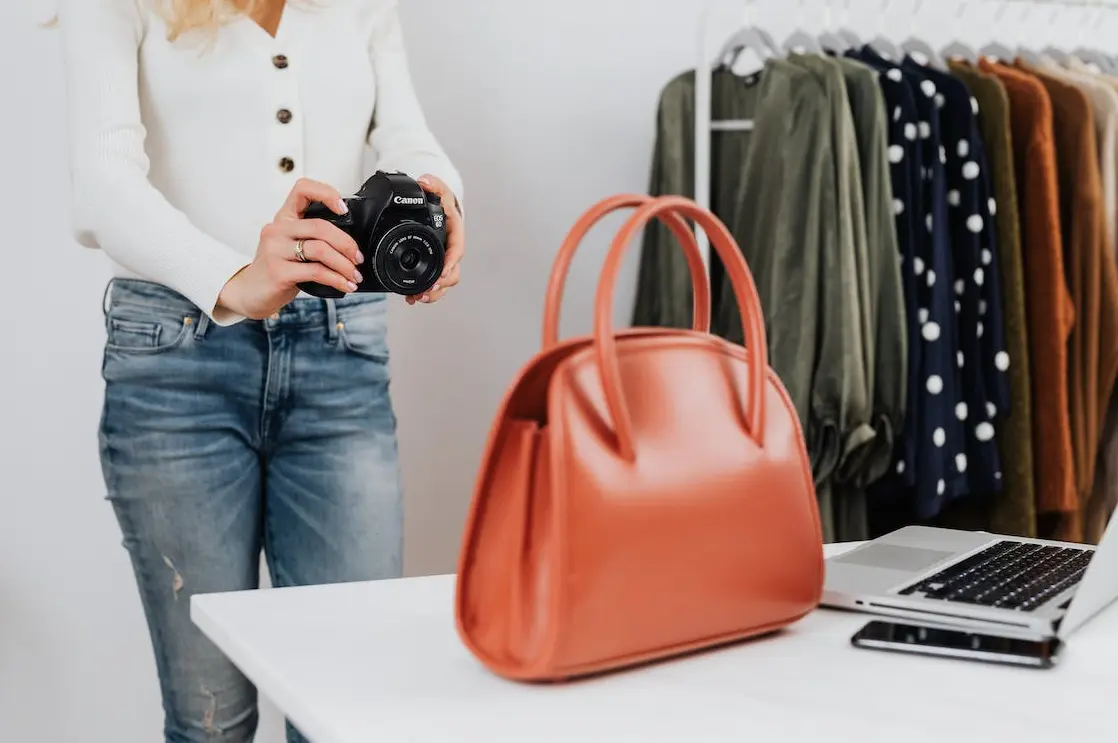
The Role of Clipping Path Services in Modern Photography
Clipping path services are important in post-processing. They provide precision and accuracy in isolating objects from backgrounds. Photographers rely on these services to improve their images. They also use them to create professional visuals. Additionally, these services help meet industry demands.
Benefits of Clipping Path Services for Photographers:
1. Clipping path services streamline editing, saving photographers time and effort.
2. Photographers can enhance their creativity by using intricate cut-outs. They can also experiment with precise edits for different backgrounds. This fosters creativity by allowing for various compositions and ideas.
3. Clipping path services maintain consistent image quality, meeting client and audience standards.
Solutions for Photographers and Clipping Path Services: A Synergy
Strategic Collaboration: Photographers and clipping path service providers can collaborate to enhance efficiency. Ensuring that editing requirements are met is key to communication. We must preserve the artistic vision of the photographer.
Clipping path services can embrace technology, using AI-driven tools. They can also stay updated on industry trends to stay ahead. This ensures they provide cutting-edge solutions to photographers who rely on their services.
Both photographers and clipping path service providers can enjoy networking opportunities. Building professional relationships can open new avenues for growth and learning. Attending industry events is another way to expand your network. Collaborating on projects also offers opportunities for growth and learning.
Conclusion: Navigating the Future Together
The challenges of changing technology in photography are met with adaptability. Collaboration and strategic decision-making are also key solutions. Photographers and clipping path services are essential in the dynamic ecosystem. They can overcome challenges and thrive in modern photography by collaborating. Embrace change. Stay informed. Let innovation drive greater creativity and success.

